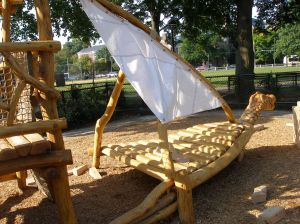Cambridge writer Anita Harris finds Boston ICA's Draw Dance show transformative.
ICA
In pondering the curators' decisions to highlight these artists, I can't help but conclude that they're...
Not only is each work beautiful and provocative in itself--but the Roni Horn show as...
At long last, the new Alexander Kemp Playground on the Cambridge Common is open! It's the most...
Dandelion greens can be good for you and the price is right (free). But dandy as...
I left meetings of Women and Energy and Seltzer Design feeling feeling enlightened, energized and...

